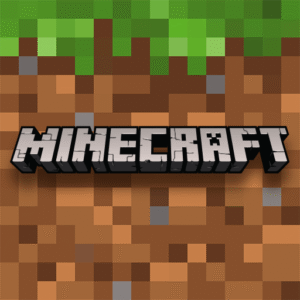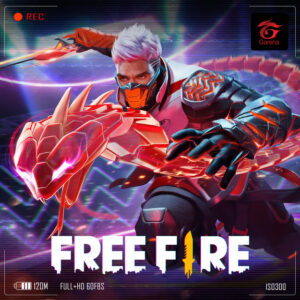Massive Marvel Rivals Roster Sparks Balance Concerns as Hero Count Eclipses Overwatch 2’s Nine-Year Legacy
Popular Now
 Grand Theft Auto V
Grand Theft Auto V
 Among Us
Among Us
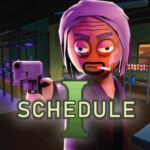 Schedule I
Schedule I
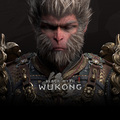 Black Myth: Wukong
Black Myth: Wukong
 Call of Duty
Call of Duty
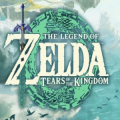 The Legend of Zelda
The Legend of Zelda
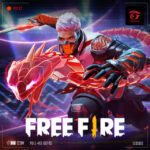 Free Fire
Free Fire
 Valorant
Valorant
 God of War Ragnarök
God of War Ragnarök
 R.E.P.O
R.E.P.O
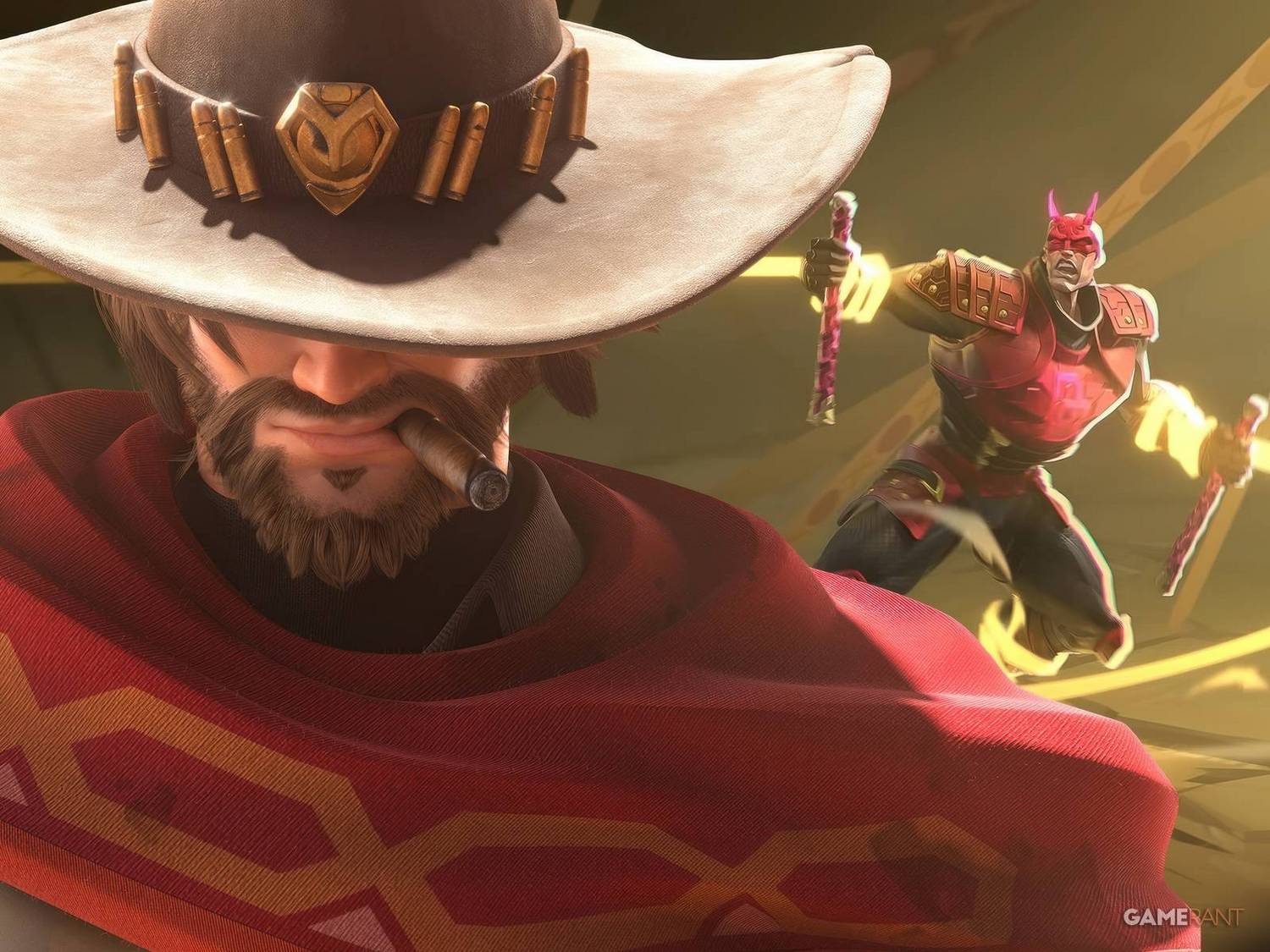 SEO Keyword Focus: Marvel Rivals Roster, Overwatch 2 Hero Count, Hero Shooter Balance, NetEase Games, Free-to-Play Shooter, Live Service Game Content, Character Diversity, Competitive Gaming
SEO Keyword Focus: Marvel Rivals Roster, Overwatch 2 Hero Count, Hero Shooter Balance, NetEase Games, Free-to-Play Shooter, Live Service Game Content, Character Diversity, Competitive Gaming
The highly-anticipated hero shooter, Marvel Rivals, is rapidly approaching a milestone that took its closest competitor, Overwatch 2, nearly a decade to achieve: a larger playable roster. As of September 2025, NetEase’s superhero spectacle boasts 42 characters, just shy of Overwatch 2’s 44, a gap that will be closed in the coming weeks thanks to Marvel Rivals’ aggressive content schedule. While an ever-expanding roster of fan-favorite and obscure Marvel characters—from Spider-Man and Iron Man to Luna Snow and Jeff the Land Shark—sounds like a dream for a live service game, the community is voicing increasing concerns that this focus on quantity over quality is a detriment to the game’s long-term health and competitive integrity.
The Content Velocity Paradox: Quality vs. Quantity
The speed at which Marvel Rivals is introducing new characters is nothing short of breakneck. The game is adding a new hero almost every month, a pace roughly four times faster than Blizzard’s Overwatch 2, which has traditionally introduced a new hero every four months. This rapid injection of new content is a clear strategy by NetEase Games to keep player engagement high in the highly competitive free-to-play shooter market. However, players are finding that this aggressive schedule comes with significant drawbacks.
The primary concern revolves around class balance. The roster’s current distribution is heavily skewed toward the damage-dealing “Duelist” role, with 22 Duelists, 11 “Vanguards” (Tanks), and 9 “Strategists” (Supports) as of the latest count. This imbalance is particularly noticeable when compared to Overwatch 2’s more even role distribution (12 Tanks, 18 Damage, 14 Support), which is maintained by the mandatory “Role Queue” system.
- Lopsided Role Distribution: Fans argue that the severe shortage of Vanguards and Strategists makes building balanced team compositions in the game’s open-queue format frustrating, often leading to matches dominated by high-damage compositions.
- Homogenized Kits: Critics point out that many of the new characters, particularly the Duelists, feel functionally similar to existing heroes. In the rush to meet the aggressive release schedule, some character kits lack the deep, unique mechanics that define the best characters in the genre, raising questions about Character Diversity.
- Development Strain: While NetEase has access to 85 years of rich Marvel lore, the continuous development, testing, and balancing required for a new character every six weeks is an immense workload, which some fear could lead to developmental burnout or a sustained drop in game quality.
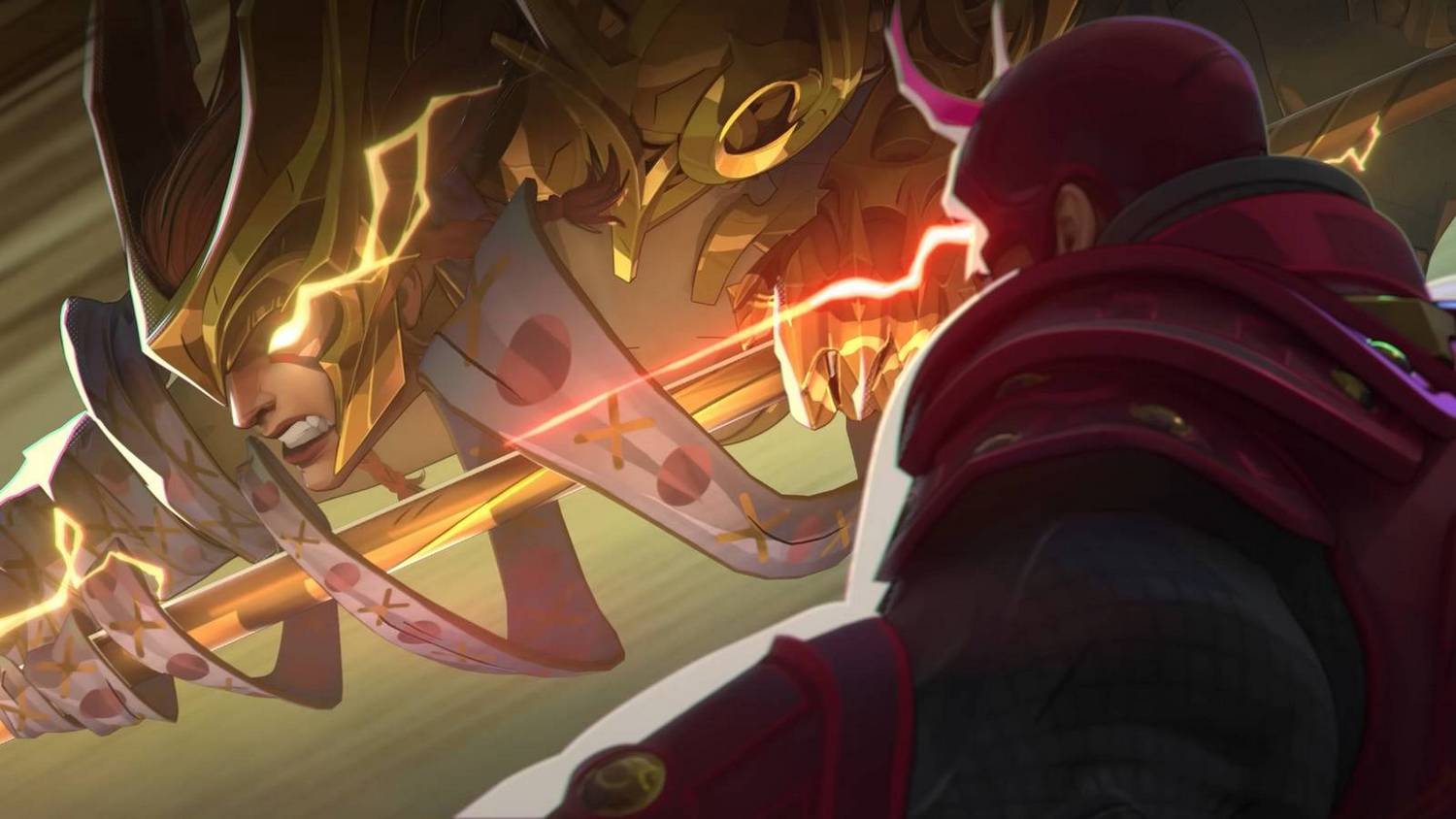 The Competitive Integrity Challenge and Lack of Role Queue
The Competitive Integrity Challenge and Lack of Role Queue
Unlike Overwatch 2, Marvel Rivals does not enforce a rigid Role Queue, giving players the freedom to choose any role. While this flexibility is appreciated by some, the enormous, rapidly growing roster exacerbates the issues of team composition in ranked modes.
The sheer number of characters also complicates the balancing process. A creative director at NetEase acknowledged that the game currently has “too many DPS characters” and that the team is “gradually working to solve it.” However, with the commitment to a new character every six weeks, fixing the existing balance while simultaneously introducing new variables presents a monumental task. The addition of a “Character Ban” phase before matches—a feature not present in Overwatch 2—is an attempt to mitigate the impact of certain unbalanced heroes, but it does not address the fundamental role-imbalance problem.
Key Takeaways on the Roster Battle:
The comparison between the hero rosters of Marvel Rivals and Overwatch 2 is a clear example of two different development philosophies. Overwatch 2 takes a slow, deliberate approach, ensuring each new hero—created from scratch—has a deeply unique identity, a feature fans note is missing in the new Marvel title. Marvel Rivals, conversely, uses its massive IP library to fuel an ultra-fast release cycle, aiming for high player retention through novelty and excitement.
For the moment, Marvel Rivals has successfully generated significant buzz and high concurrent player counts on platforms like Steam, momentarily eclipsing its Blizzard counterpart. However, sustaining this momentum requires more than just high character volume. The ultimate success of the game, particularly in the competitive gaming space, will depend on whether NetEase can pivot from an overwhelming focus on quantity to delivering the polished, balanced experience that veterans of the hero shooter genre demand. The current mood among the player base suggests a strong preference for fewer, more distinct Vanguards and Strategists that enhance teamwork and tactical depth, rather than a continuous stream of new Duelists.
The coming seasons will be a true test of NetEase’s commitment to its community’s desire for a balanced, high-quality gaming experience, which is essential to secure its position as a long-term titan in the free-to-play market.






